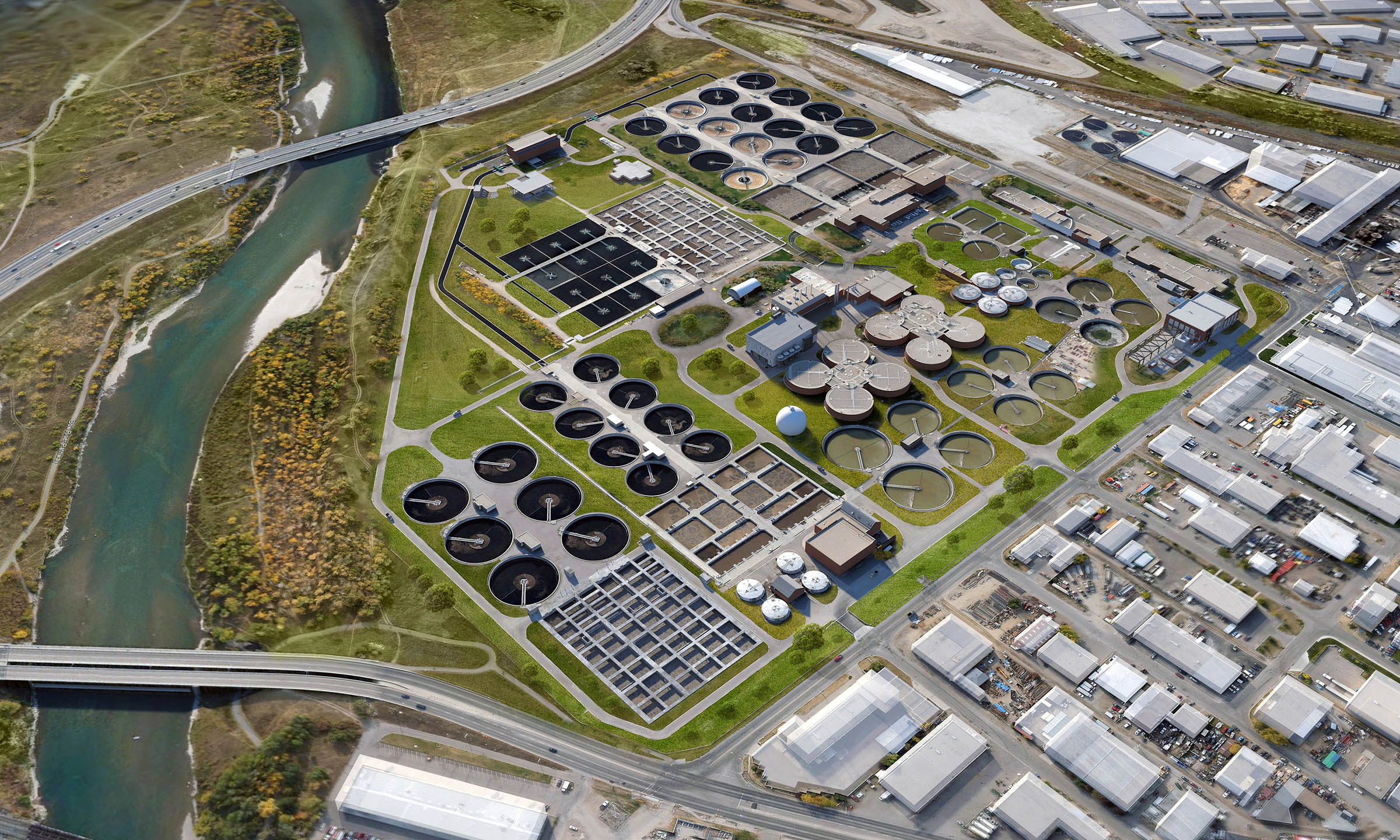Advanced Waste Water Treatment Solutions for Lasting Water Monitoring
Wiki Article
Strategic Approaches to Improve Drainage Therapy Efficiency and Decrease Ecological Effect
In the realm of waste water therapy, the mission for enhanced performance and reduced environmental impact is a continuous obstacle that requires calculated services. As society grapples with the imperative to manage water resources sustainably, a nuanced method ends up being vital. The integration of innovative therapy modern technologies, energy-efficient processes, resource healing methods, improved nutrient removal methods, and clever monitoring and control systems stands for a complex framework for attending to these pressing worries. What exists at the core of this facility web of methods is the possible to change the means we approach waste water treatment, not just as a procedure of disposal, yet as a beneficial chance for advancement and ecological stewardship.Advanced Therapy Technologies
Sophisticated membrane layer purification systems have revolutionized innovative wastewater therapy processes, considerably boosting the elimination of contaminants. This modern technology has proven to be very efficient in removing a large array of impurities, consisting of pharmaceuticals, hefty steels, and natural compounds, which are usually testing to get rid of through typical treatment methods.Furthermore, membrane layer purification systems supply many advantages over traditional treatment strategies. They require much less space, create higher-quality effluent, and are extra resistant to variations in influent water top quality. Additionally, these systems are highly functional and can be easily integrated into existing treatment plants or used as standalone systems for decentralized applications. As the demand for tidy water remains to rise, the fostering of innovative membrane layer filtering modern technologies is important to guarantee efficient and sustainable wastewater treatment methods.
Energy-Efficient Processes
The integration of energy-efficient processes in wastewater therapy systems is important for enhancing resource utilization and reducing functional expenses. One key technique to boosting power performance in wastewater treatment is the use of sophisticated aeration systems, such as great bubble diffusers or surface aerators, which can boost oxygen transfer performance and minimize energy consumption.In addition, optimizing procedure control and automation via the usage of advanced sensors and keeping an eye on systems can enhance overall power performance by changing operations in real-time based upon real demand and problems. Applying power audits and frequently monitoring energy performance indications are crucial methods to recognize areas for improvement and track energy-saving campaigns properly. Generally, the fostering of energy-efficient processes in wastewater treatment not just profits the setting yet likewise contributes to long-lasting cost savings and functional sustainability.
Source Recovery Methods
With an emphasis on maximizing source utilization and sustainability in wastewater therapy systems, the application of source recuperation techniques emerges as an essential facet in enhancing functional efficiency. Resource healing methods in wastewater therapy include the recognition and removal of beneficial sources from the waste stream, thereby turning what was once thought about waste right into a valuable property. By applying source recuperation strategies such as nutrient removal and recovery, power generation from natural matter, and the manufacturing of reusable water, wastewater therapy plants can reduce ecological impact while optimizing effectiveness.
Improved Nutrient Elimination Strategies
Applying advanced nutrient elimination strategies is crucial for optimizing the performance of wastewater treatment systems. Enhanced nutrient removal plays a crucial role in reducing the environmental influence of treated effluent released into water bodies. One of the essential techniques made use of for enhanced nutrient removal is the process of biological nutrient removal (BNR), which entails the elimination of nitrogen and phosphorus with organic procedures. This can be attained through making use of specialized bacteria that can convert like it nitrogen substances into inert nitrogen gas with denitrification, and collect phosphorus within their cells via a process called improved biological phosphorus elimination (EBPR)
In addition to BNR, progressed treatment techniques such as membrane layer bioreactors (MBRs) and constructed wetlands can additionally be used to enhance nutrient removal performance. By including these advanced nutrient removal techniques right into wastewater therapy communities, markets and systems can a knockout post efficiently reduce nutrient air pollution and shield the environment.
Smart Tracking and Control Equipment
Making use of cutting-edge modern technology, the combination of smart surveillance and control systems reinvents the operational performance of wastewater therapy centers. These systems include advanced sensing units and data analytics to constantly keep an eye on essential criteria such as pH levels, turbidity, liquified oxygen, and flow rates in real-time. By collecting and evaluating this information, drivers can acquire useful understandings into the performance of the therapy procedures, allowing positive modifications to enhance therapy effectiveness.Smart surveillance and control systems also sustain remote surveillance capacities, enabling drivers to access real-time information and control features from off-site places. This remote access improves operational flexibility and responsiveness, making it possible for speedy interventions in instance of system malfunctions or variations in influent top quality. Furthermore, the predictive maintenance abilities of these systems aid protect against equipment failures and decrease downtime, inevitably boosting the total dependability of wastewater treatment procedures (Waste Water Treatment).
Verdict
In verdict, tactical techniques such as sophisticated therapy technologies, energy-efficient procedures, source healing strategies, boosted nutrient removal methods, and wise surveillance and control systems play a crucial function in enhancing wastewater treatment efficiency and decreasing environmental effect. By executing these techniques, wastewater therapy plants can boost their overall performance, lower power intake, recover beneficial sources, and make sure compliance with environmental policies. These methods are necessary for effective and sustainable wastewater monitoring practices.
In final thought, strategic approaches such as innovative treatment technologies, energy-efficient procedures, source recuperation useful source methods, boosted nutrient removal techniques, and smart tracking and control systems play a vital function in boosting wastewater therapy performance and lessening environmental effect.
Report this wiki page